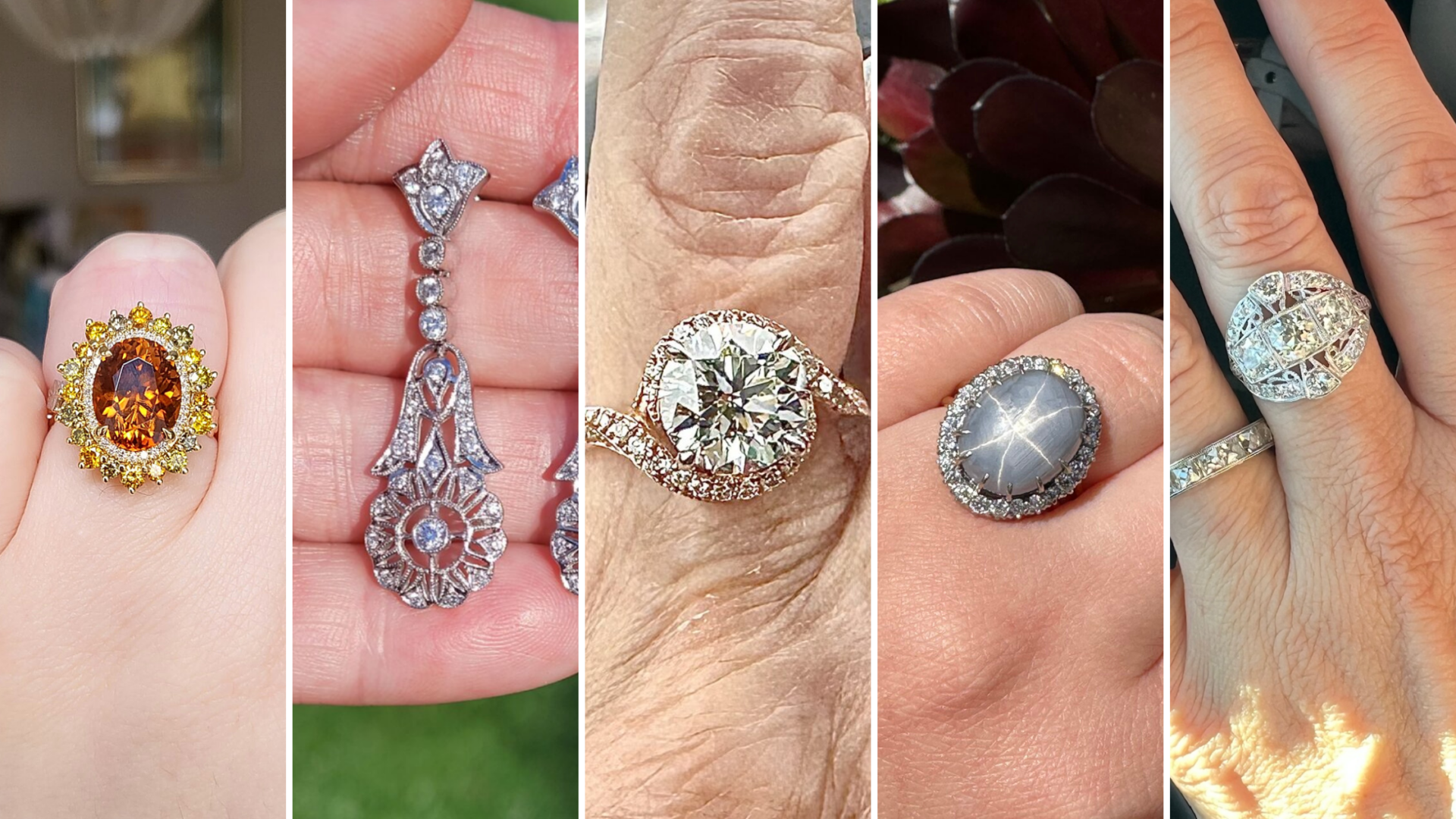In light of the recent discussions on predictive light performance based off of the numbers, I wanted to pose this question. I am curious if someone could provide me images of diamonds that seem to have great numbers on paper, but have poor idealscope images that would translate to visual defects in real life? As a beginner I am likely over simplifying things, but it seems to me that if you buy a RB diamond cut to ideal numbers with angles that complement each other, it should almost certainly translate to a favorable idealscope image. I would define ideal numbers to me to include
Depth <62
Table 53-58
Crown angle 34-35
Pavilion angle 40.6-41
Girdle range thin to sl thick
Lgf 75-80%
To further clarify, I would only consider diamonds where the angles are complementary. For example, if the crown angle is on the high side at 35 degrees, I would only consider pavilion angles on the lower side (40.6-40. . If crown is shallow at 34, consider pavilions from 40.8 to 41. Also assume excellent polish and symmetry and no negative effects from something other than the cut (i.e. Clarity issues).
. If crown is shallow at 34, consider pavilions from 40.8 to 41. Also assume excellent polish and symmetry and no negative effects from something other than the cut (i.e. Clarity issues).
What I am trying to figure out is how likely is it to get a poor IS image from a diamond that seems good on paper? Is it common to see ugly ideal scope images on diamonds with good, complementary angles? I often see people mention how they would not purchase a diamond without an ideal scope, but then wonder how anyone ever finds beautiful ideal diamonds in a brick and mortar store where ideal scopes are nearly non existent? How much variation can there be between these ideal cut diamonds that an ideal scope would uncover?
Depth <62
Table 53-58
Crown angle 34-35
Pavilion angle 40.6-41
Girdle range thin to sl thick
Lgf 75-80%
To further clarify, I would only consider diamonds where the angles are complementary. For example, if the crown angle is on the high side at 35 degrees, I would only consider pavilion angles on the lower side (40.6-40.
What I am trying to figure out is how likely is it to get a poor IS image from a diamond that seems good on paper? Is it common to see ugly ideal scope images on diamonds with good, complementary angles? I often see people mention how they would not purchase a diamond without an ideal scope, but then wonder how anyone ever finds beautiful ideal diamonds in a brick and mortar store where ideal scopes are nearly non existent? How much variation can there be between these ideal cut diamonds that an ideal scope would uncover?




300x240.png)